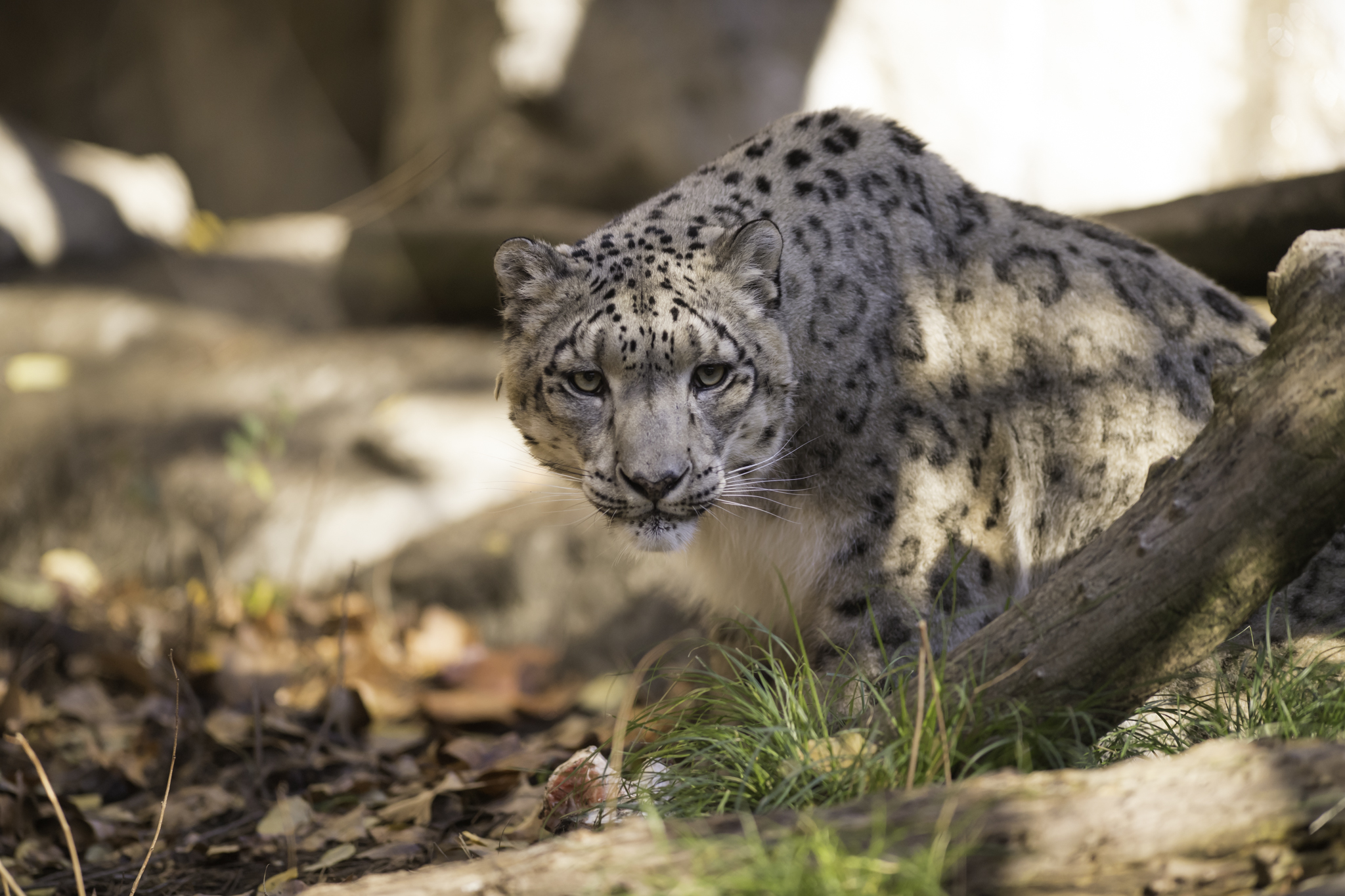Occasionally, your customers need you to produce something where the final image will be poster size and in this case, the image was going to be a very large banner used in a trade show.
Here the subject is posed next to the final poster to show scale. Photography provided by client.
The process starts with the equipment you're going to use.
You need to make sure that the camera has enough megapixels to be enlarged to the extent of the client’s needs. In this case I used a Nikon D850. This camera yields a huge file that can be enlarged and still hold its quality.
The next thing to consider is the lighting. If the lighting is soft, when the image is enlarged will be visible from long distances and the image will be easy to read. Soft lighting also helps with reducing textures on the face of the subject and is usually a more desirable look.
We started with a main light that was an octagon of five feet across. It was only about two feet away from the subject to provide a soft even light across the face and upper body. The light was powered by a Profoto BX because who needs to be negotiating cables while on a shoot in the client’s conference room. These heads are also great for dialing in the power to get the exact look we were going for.
The next light was a three foot strip light with a grid, positioned back and to the subject’s left side to be in line with the main light. If I had had this separation light ( a light that helps separate the subject from the background) on the the subject’s right side, there would have been an imbalance of too much light coming from one side. If you place the separation light opposite the main light, it has the best chance of creating a highlight along the subject’s face/head. Since the main light is creating a shadow on the person (shadow area being the darkest area and the spot where the mail light falls the least. This technique will pop the subject off the background.
Lastly, I needed a fill light. Many times I just use a reflector (I like the TriGrip from Lastolite) but in this case, just didn’t have enough space to place one, so I used a third light with a four foot strip light box to diffuse the light and fill in some of the shadows on the subject’s face. I was able to trim down the Profoto BX significantly, to get the look I was going for.
One challenge that came up on this shoot was that I knew that ultimately the subject was going to be stripped out of the background. My original background was glass from the conference room looking out into trees with dappled lighting. Not the best background to strip a subject off of.
To assist in this, I used a simple pop-up background that was white, to make that post process easier.

















